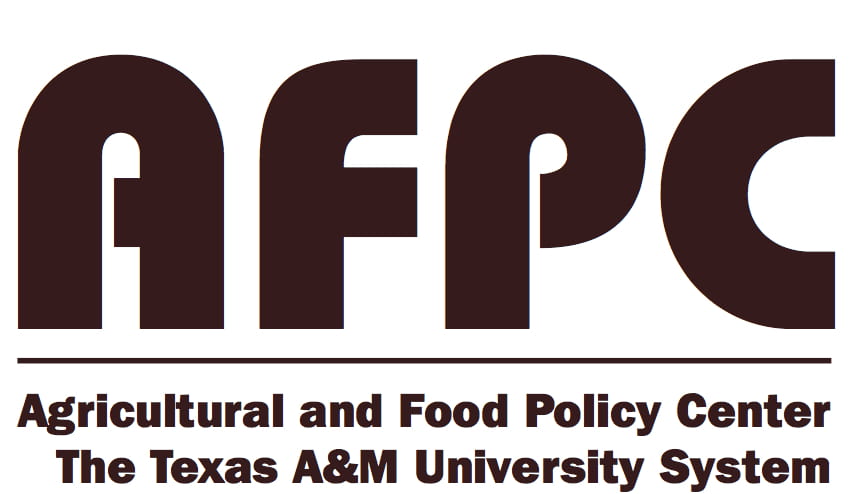USDA released a flurry of livestock related reports last week leading up to Christmas including Cattle on Feed, Hogs, and Pigs, Milk Production, and Cold Storage. Each of them has something of interest for livestock markets in the new year.
Pork bellies hit 54 million pounds in cold storage facilities around the country. That is not a record large amount but, it is more than double the stock supplies in November last year. About 28 percent fewer hams were in storage. Bellies have been the poster child for market volatility in recent years. The combination of abundant stocks and reduced hog production should continue that volatility. Beef storage was up 6 percent compared to a year ago. That’s not much considering the large amount of beef produced this year.
The combination of more cows and more milk per cow produced 1.3 percent more milk than in November last year. In the Southern states that are reported monthly, Georgia and Texas increased milk production by 13 and 6 percent, respectively. Florida and Virginia reported less milk production than a year ago, 11 and 3 percent, respectively.
The Hogs and Pigs and Cattle on Feed reports were released Friday afternoon. The Hogs and Pigs report indicated slightly more breeding hogs (28,800) than a year ago on December 1. Growth in other states offset the 50,000 head decline in Utah due to previously announced production cutbacks attributed to California’s proposition 12. After small increases, the number of sows in states across the South more than offset a 10,000 sow decline in North Carolina. Some growth in sow numbers should translate to small growth in pork production by later in 2023.
The Cattle on Feed report indicated 2.6 percent fewer cattle in feedlots than last December 1st. November placements were down 2 percent compared to last year, for the 3rd month in a row of smaller placements. August 2022 will turn out to be the largest month for placements this year. The number in feedlots will continue to decline in 2023 reflecting the smaller cow herd. The tightening in supplies will bring some higher calf and cattle prices in the new year, of course depending on feed costs and beef demand.
The year-end brought a number of interesting livestock reports with some implications for 2023. All of us livestock economists at Southern Ag Today wish you a happy and prosperous new year!




Author: David Anderson
Professor and Extension Economist Livestock and Food Products Marketing, Dairy, Policy
danderson@tamu.edu
Anderson, David. “Fewer COF and Hogs, But More Milk.” Southern Ag Today 2(53.2). December 27, 2022. Permalink











